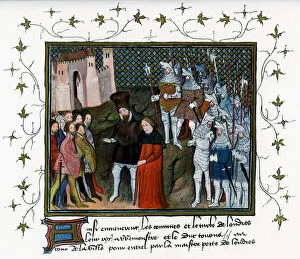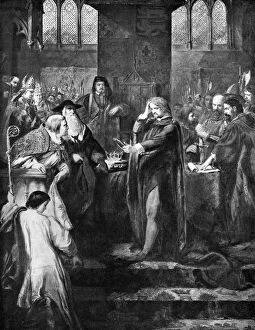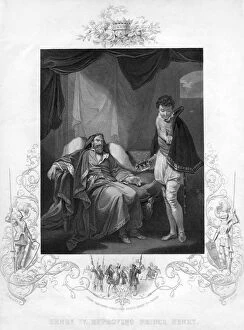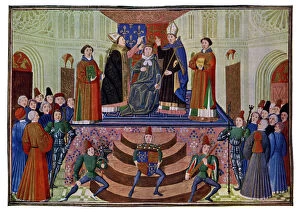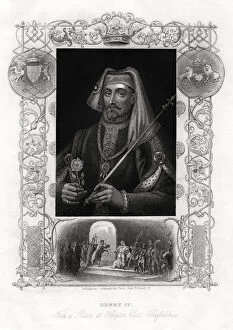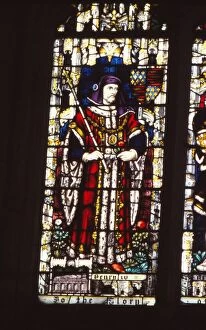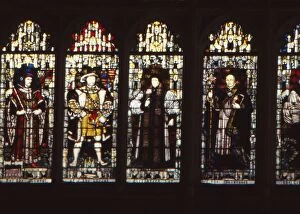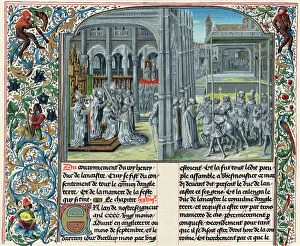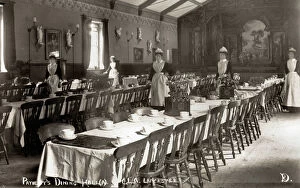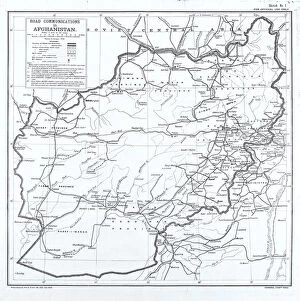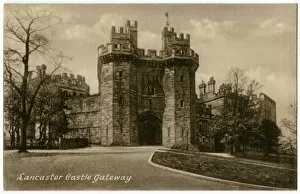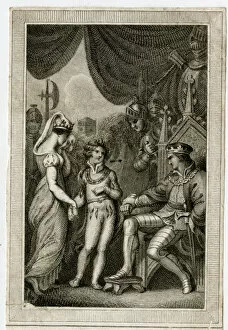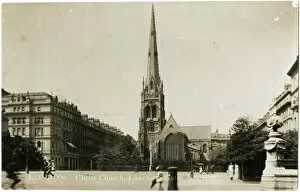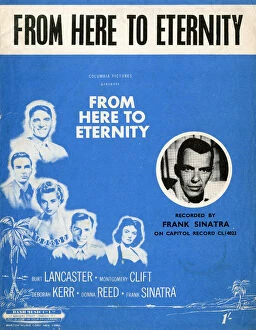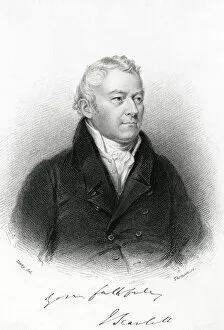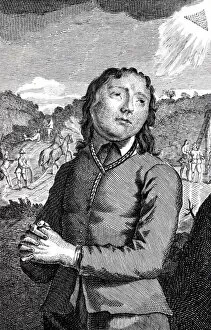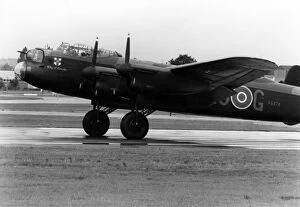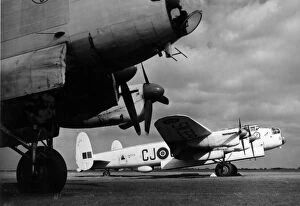Lancaster Collection (#12)
"Lancaster: Wings For Victory and a Symbol of Resilience" Step back in time as the iconic Dambuster Lancaster soars again over the Derwent Valley Dam
For sale as Licensed Images
Choose your image, Select your licence and Download the media
"Lancaster: Wings For Victory and a Symbol of Resilience" Step back in time as the iconic Dambuster Lancaster soars again over the Derwent Valley Dam, reminding us of its indomitable spirit. With its powerful 4-Merlin engines, this Lancaster I Bomber became a symbol of strength during World War II. Transporting us to another era, the Temple Garden's fresco captures the essence of Lancaster's history. Choosing the Red and White Roses in 1910 signifies Lancashire's pride and heritage. During wartime, propaganda posters for the RAF showcased Lancaster's might, instilling hope and determination among all who saw them. The sight of these bombers ready to take off in 1942 was both awe-inspiring and comforting. In aviation history, not only did Lancaster leave an indelible mark but also witnessed other remarkable achievements. The Bristol Brabazon under construction at Filton stands as a testament to innovation and progress. The Goodwood Revival events brought together vintage aircraft enthusiasts from around the world. In 2011, spectators marveled at the aerial display featuring a Lancaster Bomber accompanied by two Spitfire Fighter planes - an unforgettable sight that paid homage to our aviation heritage. Lancaster Castle Station serves as a reminder of Lancashire's rich past while Spitfires and Hurricanes flying in formation over Lincolnshire evoke nostalgia for those brave souls who defended our skies during WWII. From war efforts to architectural marvels, propaganda posters to breathtaking displays at airshows - "Lancaster" encompasses more than just a name; it represents resilience, heroism, innovation, and above all else - wings reaching for victory.


